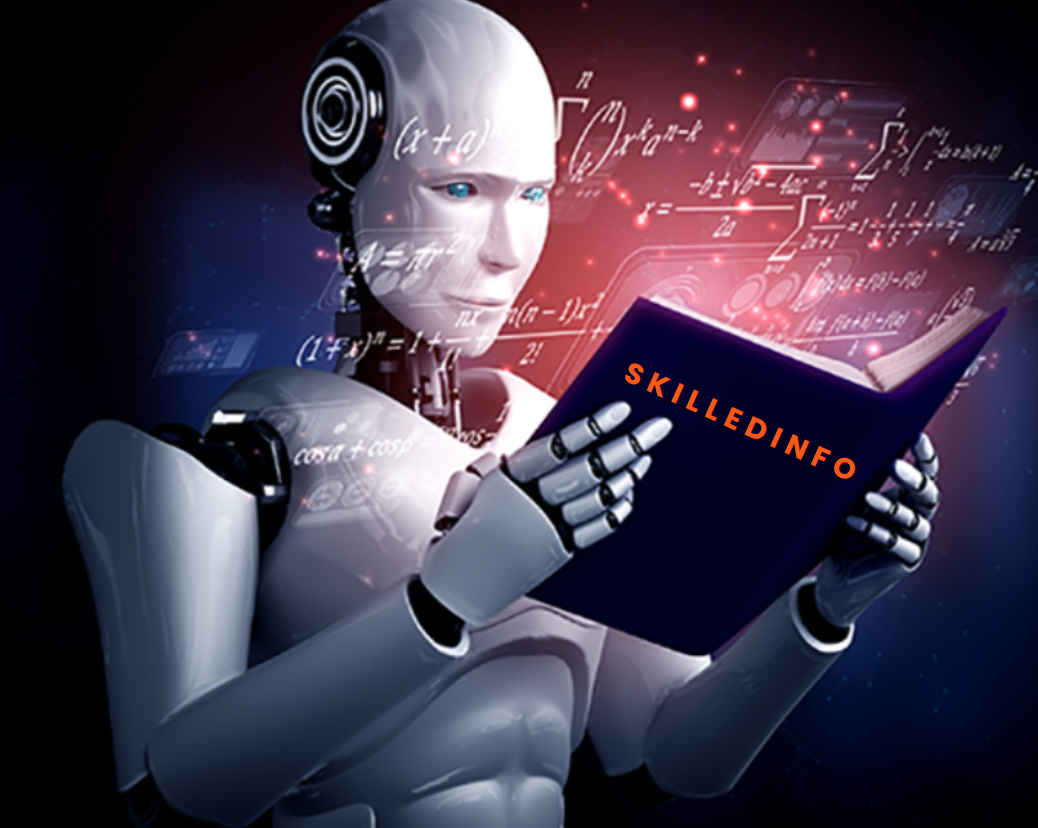Address
9th Floor, Biscomaun Bhawan, Patna, Bihar- 800001
Work Hours
Monday to Saturday: 10:00 AM - 07:00 PM
Address
9th Floor, Biscomaun Bhawan, Patna, Bihar- 800001
Work Hours
Monday to Saturday: 10:00 AM - 07:00 PM

Artificial Intelligence is no longer just a buzzword—it’s the driving force behind the modern educational shift. From personalized tutoring to AI-generated notes and instant feedback systems, tools like ChatGPT are reshaping how students learn and teachers teach. But while the integration of AI in classrooms opens exciting opportunities, it also raises serious questions—especially about academic integrity, student creativity, and ethical use.
AI is revolutionizing classrooms by making learning more accessible, personalized, and efficient. Students can now get 24/7 homework help, practice mock interviews, generate content for projects, or simplify complex topics using AI chatbots like ChatGPT or Google Gemini. For students who struggle with language barriers or learning disabilities, AI offers immediate support and customized learning plans.
Teachers and educators benefit too. AI automates grading, tracks student progress through predictive analytics, and helps identify at-risk learners early. In many universities, AI is also used to recommend reading materials, adjust pacing, and even build individual learning paths for students.
According to an Educause 2024 report, over 72% of students globally use AI tools at least once a week, with over 45% relying on them for daily academic tasks.
While the benefits of AI in education are undeniable, its risks are increasingly becoming difficult to ignore.
One of the biggest concerns is the misuse of AI to complete assignments or even exams. Students may use ChatGPT to write essays, solve problems, or submit entirely AI-generated responses—without actually understanding the content. This undermines the purpose of education and leads to unfair academic advantages.
Another risk is dependency. When students begin to rely on AI for everything, critical thinking, creativity, and problem-solving skills can decline. Instead of learning how to approach challenges, many are tempted to copy and paste AI-generated answers.
AI tools are not perfect. Sometimes, they provide biased, outdated, or incorrect information. If students don’t cross-check, this can lead to misinformation and confusion. There are also ethical concerns about data privacy, content ownership, and plagiarism.
A 2024 survey by McKinsey found that while 64% of students support the use of AI in classrooms, only 38% believe they fully understand its ethical use. Most students said AI helps reduce academic pressure and saves time, especially during exams or assignment deadlines. But many also fear being punished for “misuse,” even when their intention was just to seek help.
Interestingly, the same study found that students want more clarity and training from institutions on how to use AI responsibly. They don’t want to cheat—they want to learn smartly and ethically.
So, how can educators and institutions strike a balance? Banning AI outright isn’t the answer. Instead, here are a few best practices for responsible AI integration:
Universities and schools must define what counts as “acceptable AI use.” Can students use AI for brainstorming? Yes. Can they copy full answers without editing or citing? No. Clear rules reduce confusion and foster trust.
Introduce AI ethics and literacy as part of the curriculum. Students should understand how AI works, its limitations, and the importance of verifying content.
Encourage assignments that require personal reflection, real-life application, or verbal presentations. These are harder to fake and encourage genuine learning.
Students should be taught that AI is a learning assistant, not a shortcut. Encourage them to use it for brainstorming ideas, drafting outlines, or improving grammar—but not to replace their original work.
If a student uses AI in an assignment, they should mention it. Just like citing sources in research papers, citing AI tools should become a standard practice.
The future of education is inevitably tied to artificial intelligence. The goal should not be to fear or avoid it, but to prepare students for a world where AI will be an everyday companion. By promoting transparency, critical thinking, and responsible usage, educators can guide students to become both smart learners and ethical users of AI.
As we move into a future powered by machine learning and automation, the true challenge is not teaching students how to use AI—but teaching them how to think beyond it.
for more info pls visit site : www.skilledinfo.com